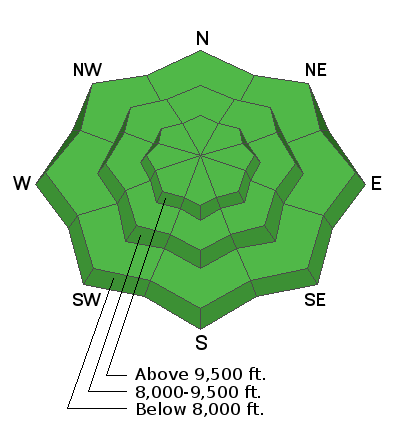Forecast for the Salt Lake Area Mountains

Issued by Trent Meisenheimer on
Monday morning, March 8, 2021
Monday morning, March 8, 2021
The avalanche danger is LOW. This means that human-triggered avalanches are unlikely, but small avalanches in isolated areas are possible. This includes (1) small, loose wet avalanches on aspects facing east, south, and west, as well as low and mid-elevation northerly slopes; (2) small pockets of fresh wind drifts in open alpine terrain and along exposed ridgelines.
Even with a forecasted Low danger rating, continue to maintain safe travel habits in avalanche terrain. This means exposing one person at a time and having someone watch them from a safe location, and not traveling above or below other parties.

Low
Moderate
Considerable
High
Extreme
Learn how to read the forecast here







